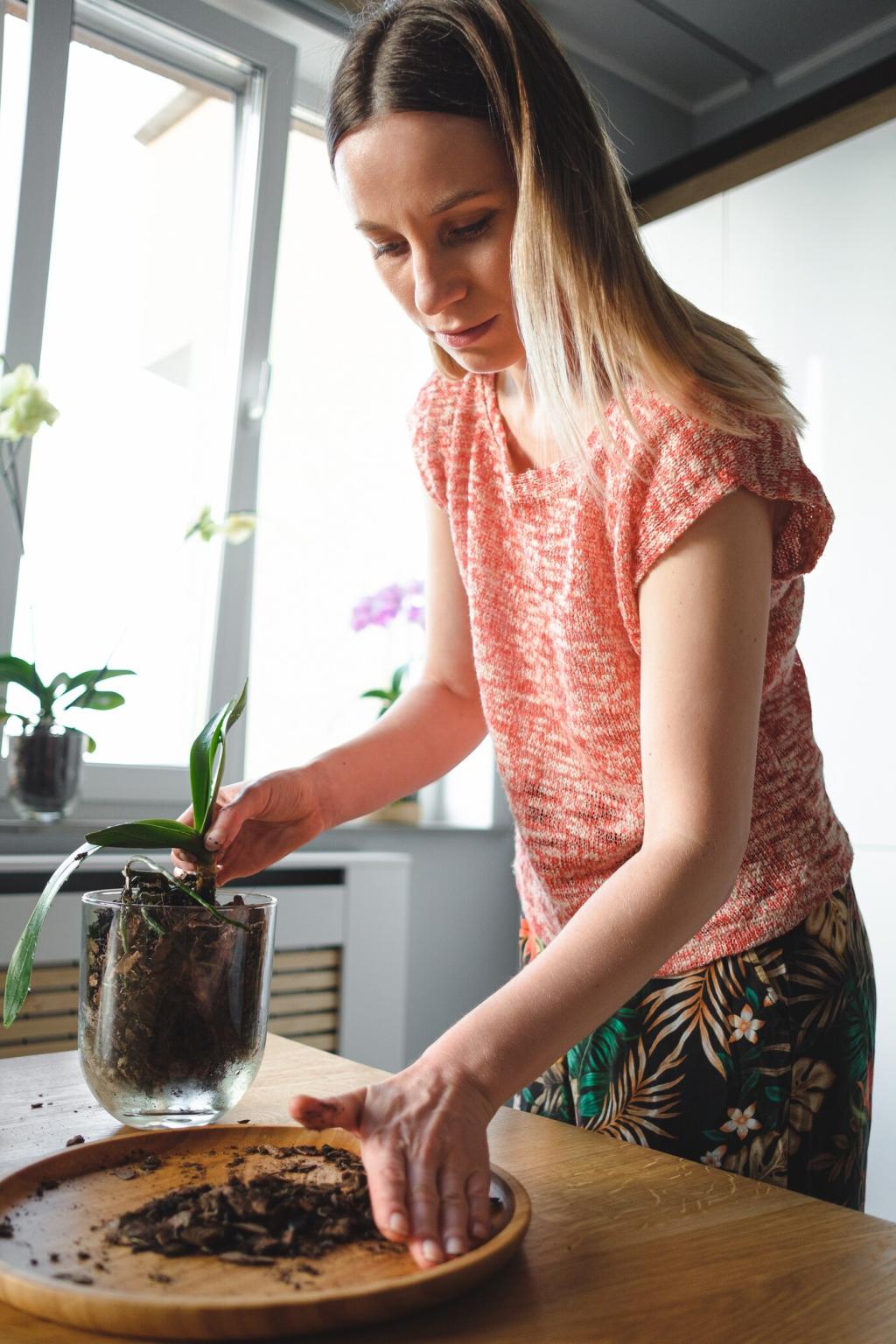DIY Composting Techniques for Enriching Soil: Turn Scraps into Garden Gold
Today’s chosen theme: DIY Composting Techniques for Enriching Soil. Transform everyday leftovers into rich, living compost with practical, encouraging steps. Explore science-backed methods, relatable stories, and simple routines—and subscribe to stay inspired as your soil gets healthier week by week.
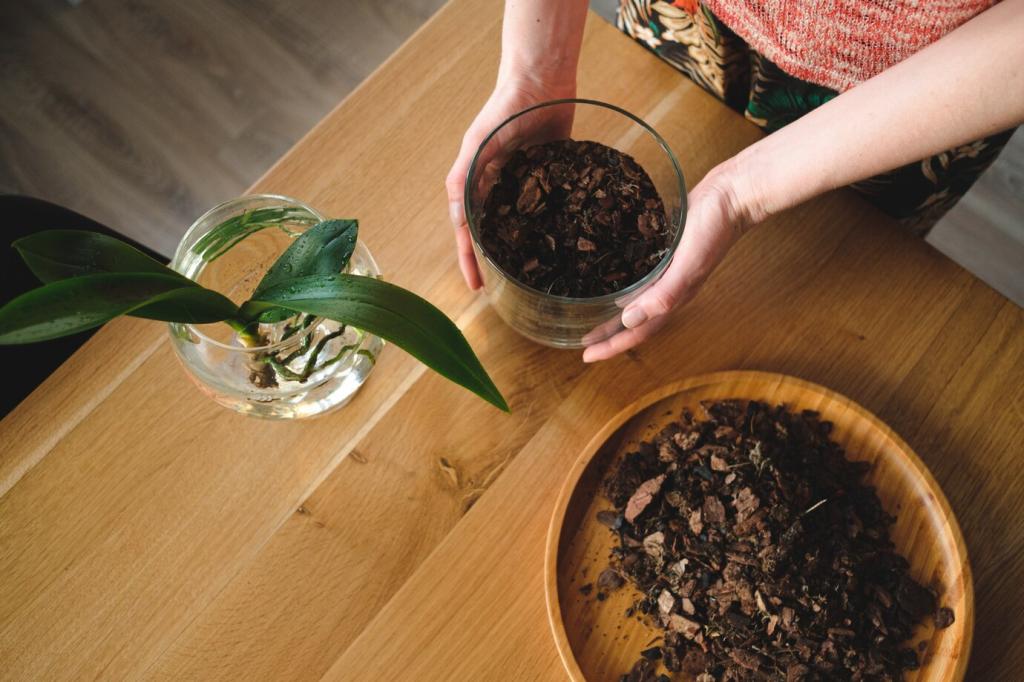
The Compost Basics: How Waste Becomes Fertile, Living Soil
Successful DIY composting for enriching soil begins with balance—roughly 25–30 parts carbon-rich browns to 1 part nitrogen-rich greens. Leaves, cardboard, and straw pair beautifully with coffee grounds, veggie peels, and grass clippings. Share your go-to brown sources below.
Start Today: A Simple, Step-by-Step Composting Routine
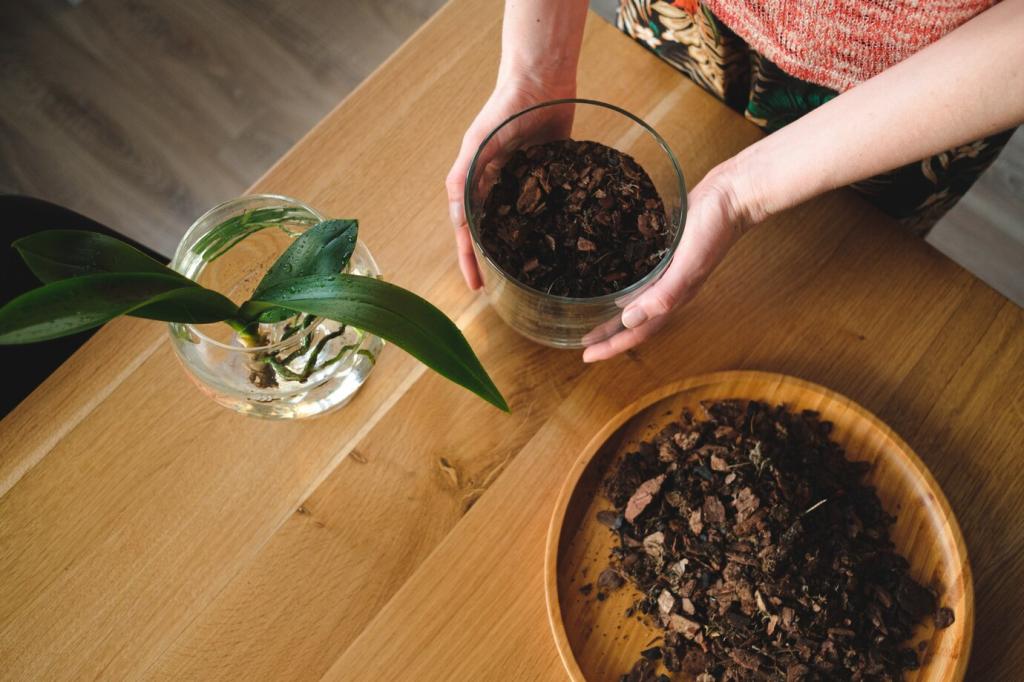
Build the Foundation and First Layers
Begin with coarse sticks for airflow, add a thick brown base, then alternate greens and browns. Moisten lightly as you build. Cap each feeding with browns to manage odor. Post your first-layer photo and we’ll cheer you on.
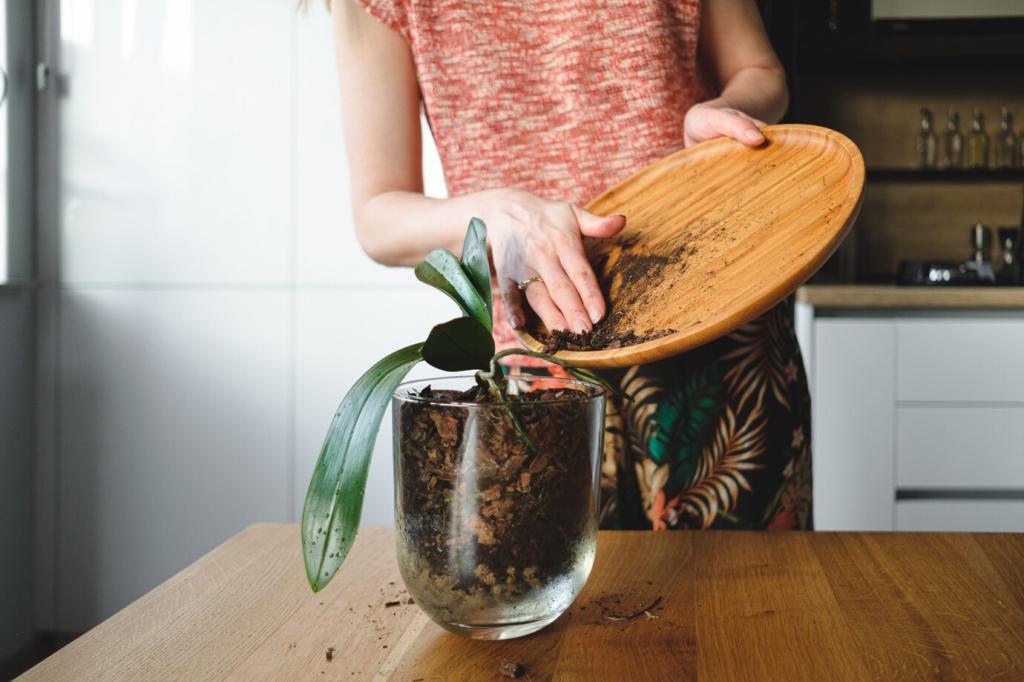
Choose Hot or Cold Composting
Hot composting is fast but hands-on: chop materials, maintain moisture, and turn every few days. Cold composting is slow, steady, and low-effort. Which style suits your schedule? Share your plan and we’ll suggest tweaks for your climate.
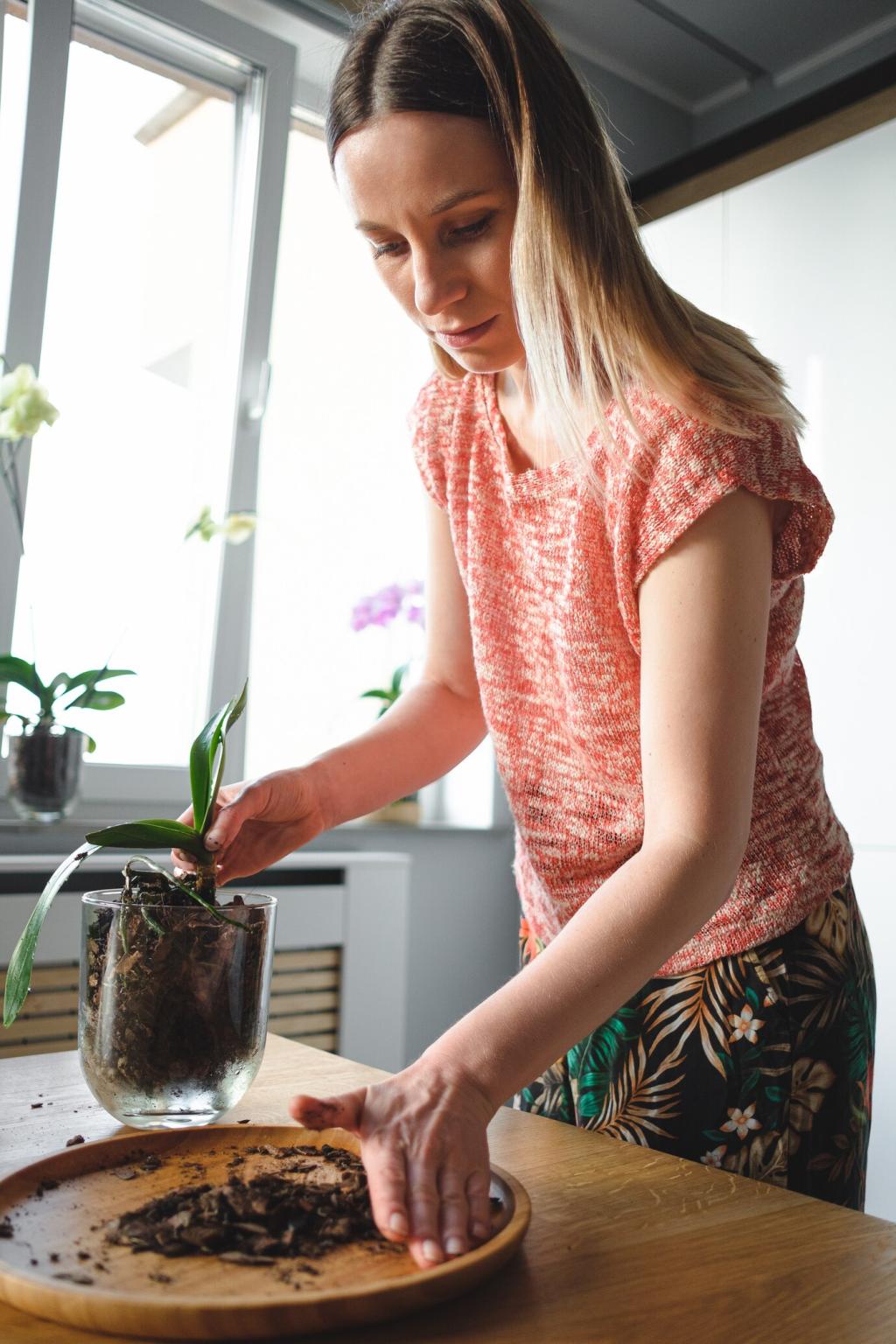
Track Progress and Troubleshoot Quickly
Keep a simple log: date, feed amounts, moisture, temperature, and odors. Sour smells mean too many greens or low airflow; fix with dry browns and fluffing. Drop a comment about your toughest mistake so newcomers can learn from it.
Pick the Right Worms and Bedding
Use Eisenia fetida—red wigglers—rather than nightcrawlers. Shredded cardboard, coco coir, and moist leaves make gentle bedding. Keep it damp, not wet. Share your bedding recipe and how you prevent compaction while keeping the bin pleasantly breathable.
Smart Feeding for Happy Worms
Feed small amounts often, bury scraps, and balance with dry bedding. Avoid excess citrus, onions, and salty leftovers. Coffee grounds are fine in moderation. What’s your ideal feeding schedule? Show your chart so beginners can follow your rhythm.
Harvesting Castings Without a Mess
Try light separation, horizontal migration, or screening to harvest clean castings. They’re potent, so blend into potting mixes or topdress lightly. Post your before-and-after plant photos to demonstrate how worm castings enriched soil and boosted vigorous new growth.
Using Finished Compost: From Pile to Productive Beds
Is It Finished? Simple Readiness Tests
Mature compost is dark, crumbly, and smells earthy. Materials become unrecognizable. Try a seed germination test or check stable temperatures. Tell us how you judge doneness and whether you screen compost before using it in seedlings.
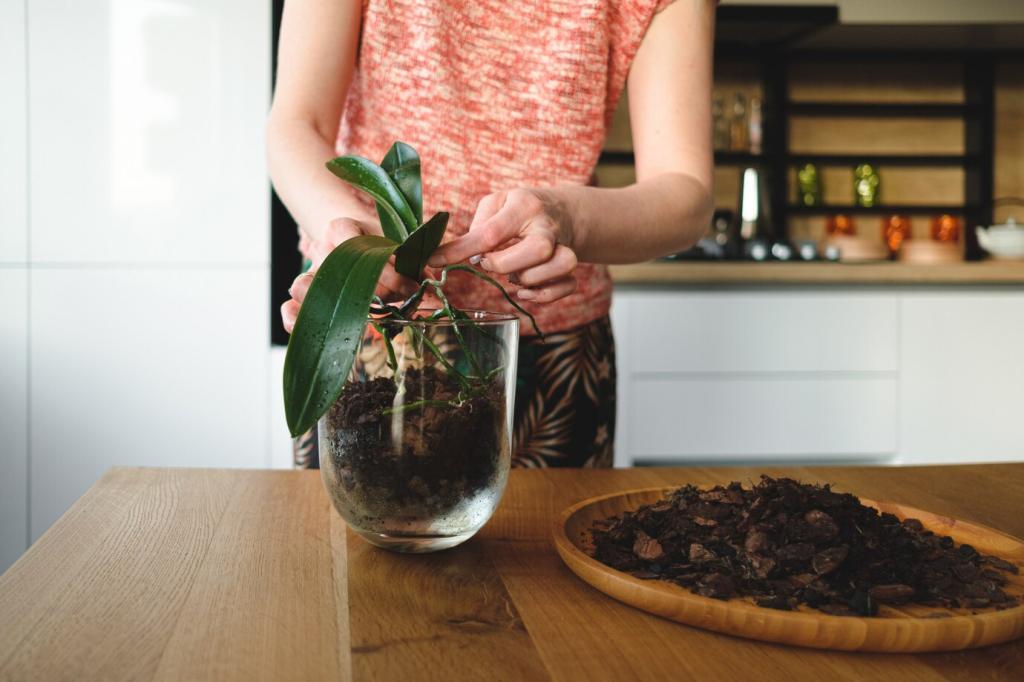
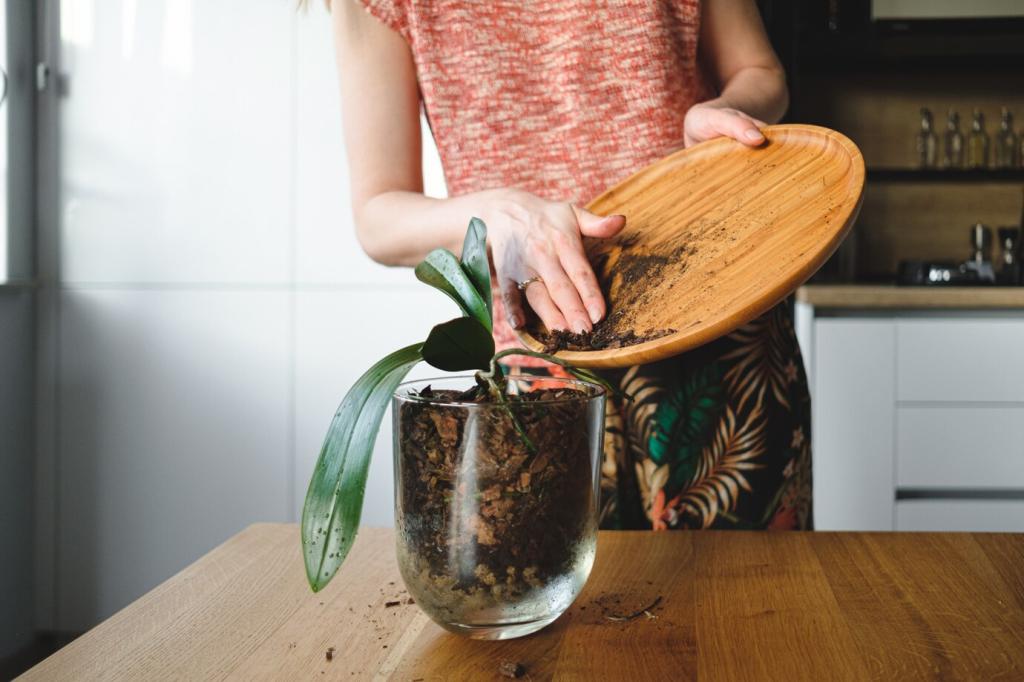
Application Rates That Make Sense
Topdress beds with 1–2 inches, work lightly into the topsoil, or mix 20–30% into container blends. For lawns, sift a thin layer after aeration. Share your application method and any measurable yield or watering improvements you’ve noticed.
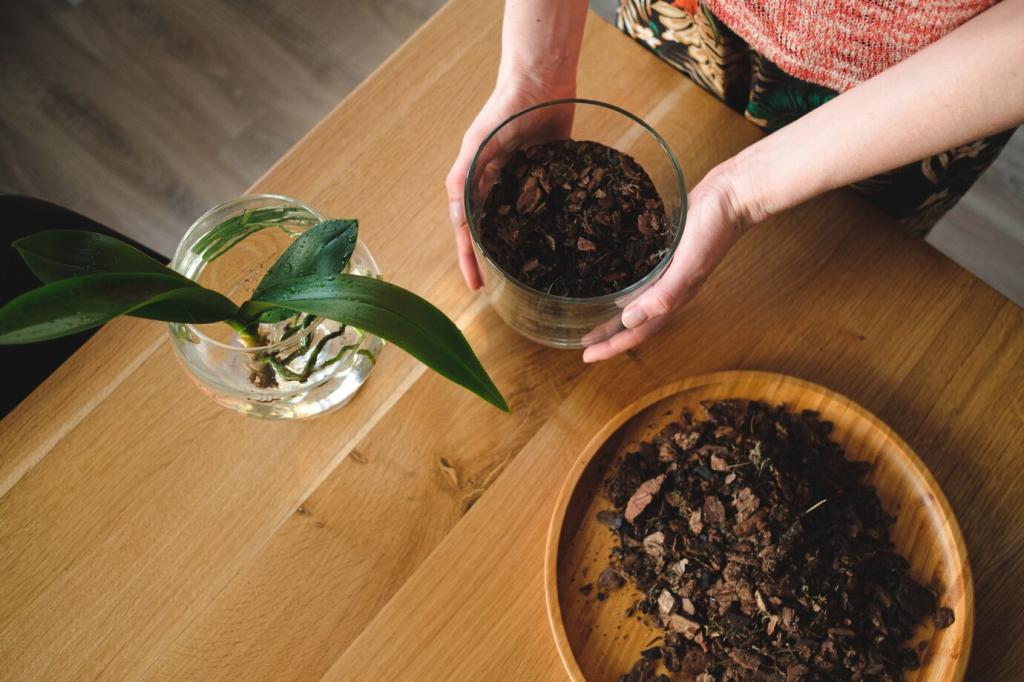
Common Pitfalls and Compost Myths—Solved
Smells signal imbalance—add browns, fluff layers, and cap fresh scraps. Use sturdy bins and hardware cloth under piles to deter rodents. Bury food deeper. Share your best prevention tip so neighbors love your compost as much as you do.
